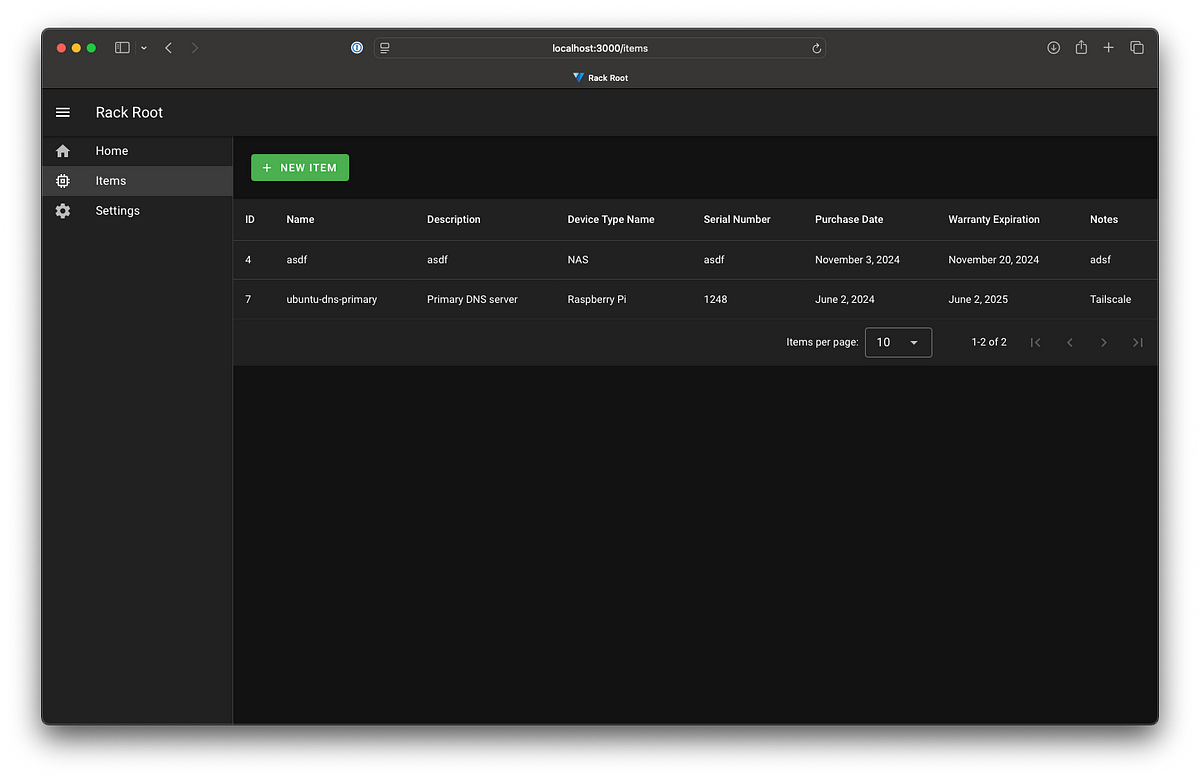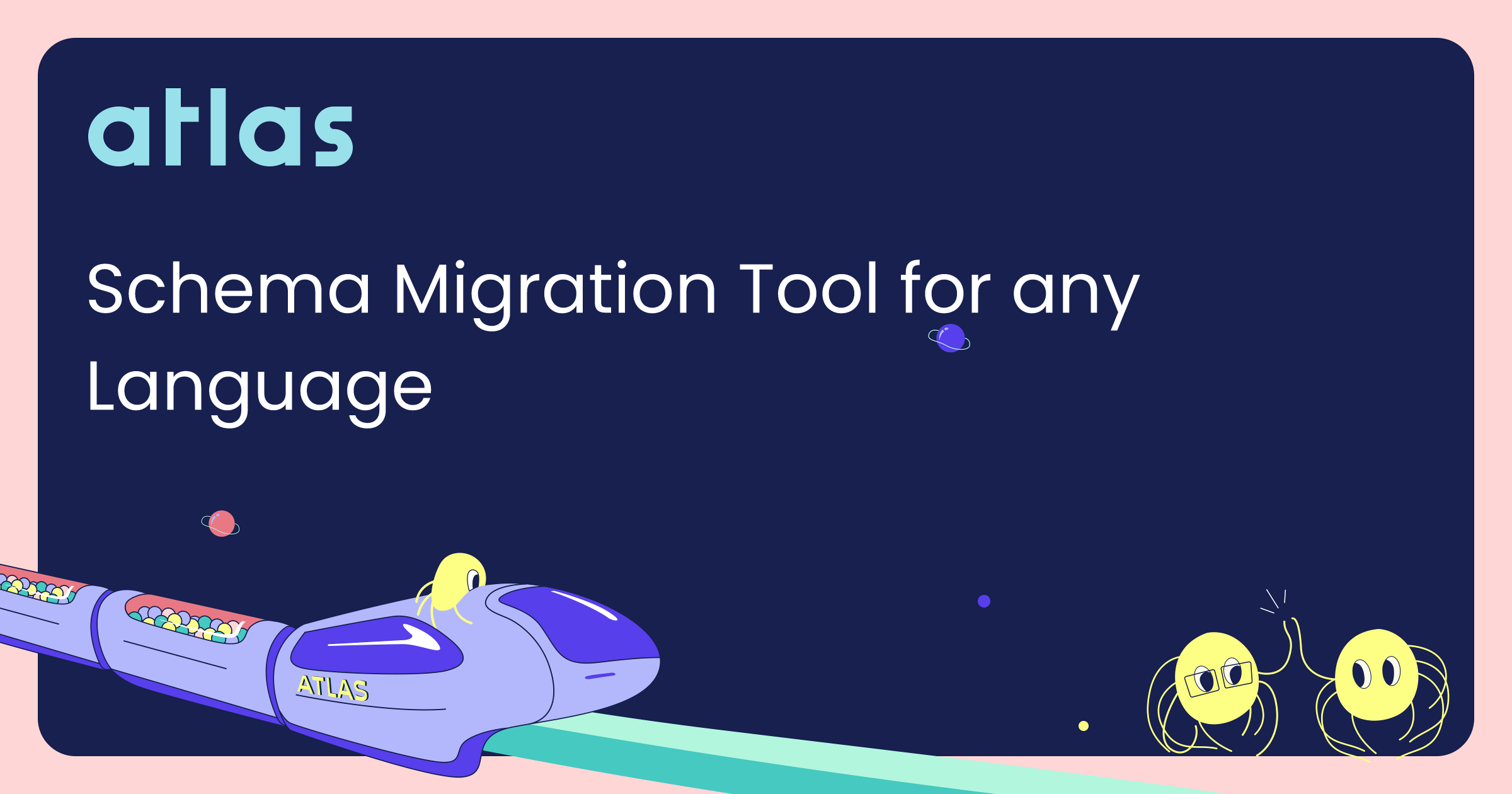Rack Root update: tonight I finally got the search page working and passing parameters the way I need it to. There's a search box in the top right hand corner that will take in a given string and (eventually) go ask the API for objects that match the search terms.
This took a while to put together since entering a search term will redirect you to `/search?q=foo` and that renders properly the first time. With Vuetify however, if you enter another search term while on that page, the app sees you're already on `/search` and doesn't update the values on the page, even though the search parameter is different.
The solution was thankfully found in a GitHub issue (linked below) where other people were looking for the same kind of functionality. This also taught me about the Navigation Guards that Vue/Vuetify come with to handle page navigation/movements. The app knows when you're on the same page and will make decisions based on that.
During my testing I just echoed the search parameter back to the user, but now that the hard part is done, I just need to write the API for it and render that on the frontend. Surely there won't be any complications with asking the API for multiple different objects back... that'll really test my database and python skills.
https://github.com/vuejs/router/issues/1257#issuecomment-2072052011

 Qiita - 人気の記事
Qiita - 人気の記事 
